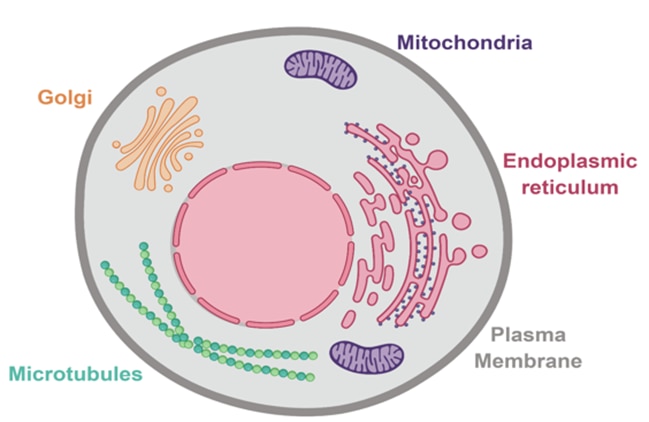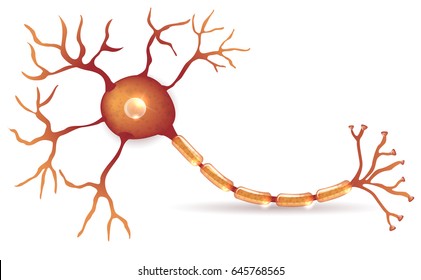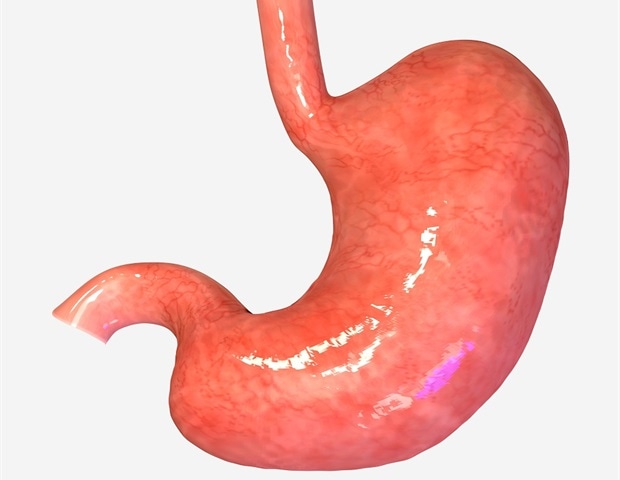The levels of organization
Subatomic and
Atomic Level
Matter
is made up of element and each element consists up of single type of atom. Many
subatomic particles are present in atom. Proton, neutron and electron are most
stable subatomic particles. Out of 92 kinds of element 16 are called bioelements, which make the mass of
body of animals.
Molecular
level
Numerous
numbers of bimolecules of different types assemble together, and form a level
called molecular level of organization.
These include;
Micro Molecules
These are with low molecular weight
e.g. water, and glucose.
Macro Molecules
These are with high molecular
weight e.g. starch, lipids.
Organelle Level
and Cell Level
Biomolecules
assemble together in a specific manner and formed an organelle level. These are
actually sub cellular structure.
E.g. Ribosome

When
these organelles combine together they formed a cell. This is unit of life. Each cell performs its own function.
E.g. Nervous Cells

Tissue
level
Same
types of cells performing same function are assembled together in a particular
way and form a tissue level of organization.
E.g. Muscle tissues

Organ level
of Organization
Different
tissues performing their own functions are combines together for the
performance of a similar function in a particular way called organ level.
E.g. Stomach

Organ System
Level
Many
organs performing related function are assembles together in a specific way
called organ system level of organization. Each organ has its own function in
the system.
E.g. Digestive System

Individual
level of Organization
Finally
individual is formed that survives by the coordination of various processes and
activities of different organs and organ system level.



Good effort👍
ReplyDeleteShandar baby
ReplyDeleteShandar baby
ReplyDeletethnks dear
ReplyDeleteKeep it up
ReplyDeleteGood job
Zbrdstttttt
ReplyDelete